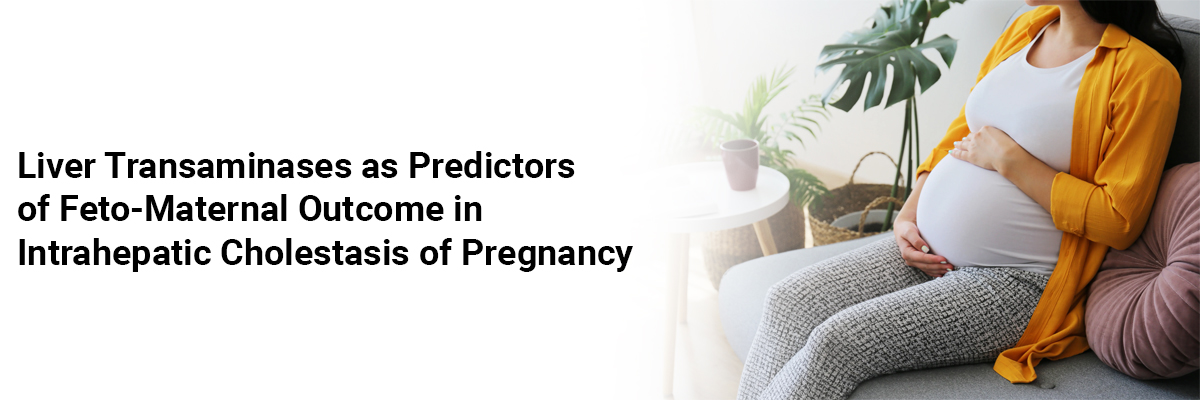
 IJCP Editorial Team
IJCP Editorial Team
Liver Transaminases as Predictors of Feto-Maternal Outcome in Intrahepatic Cholestasis of Pregnancy
Intrahepatic Cholestasis of Pregnancy (ICP) – a condition that occurs in
the latter half of pregnancy, is characterized by pruritus and abnormal liver
function tests (LFT). Its incidence in India ranges from 1.2-1.5%. ICP is
associated with adverse outcomes for both the mother and fetus––necessitating
early delivery before serum bile acids (SBA)––considered the gold standard.
Here, hepatic transaminases reach critically high levels, yet specific
threshold levels for these markers remain undefined due to a lack of conclusive
evidence.
The objectives of this study were to establish the correlation between
liver transaminases and pregnancy outcomes in ICP and to identify critical
levels for predicting adverse outcomes.
This was a prospective observational study that enrolled 88
pregnant women experiencing pruritus without a rash. Following a comprehensive
history and examination, LFT and SBA levels were assessed, and participants
were monitored until the end of pregnancy – to evaluate feto-maternal outcomes.
The mean age of participants was 26.43 ± 3.35 years. The mean levels of
SBA, ALT, and AST were 18.97 ± 10.320 μmol/L, 206.06 ± 45.71 units/liter, and
175.37 ± 101.088 units/liter, respectively. Approximately 39.7% of participants
exhibited ICP symptoms, and 38.6% responded positively to treatment. Notably,
34.1% underwent a cesarean section, primarily due to meconium (43.3%), and
23.3% experienced fetal distress. Preterm delivery occurred in 33% of cases,
with 5.68% of neonates requiring NICU admission and 6.8% exhibiting respiratory
distress syndrome. The determined cut-off for ALT, as per ROC curve analysis,
was 151.5 units/liter, with an AUC of 0.905, a sensitivity of 89.7%, and a
specificity of 70%.
The results suggested that ICP is associated with unfavorable pregnancy outcomes, and ALT levels serve as a promising predictor for adverse outcomes, aiding in the planning of pregnancy termination.
Source: Misra D, Singh N, Faruqi M. et al. J Obstet Gynecol
India. 2023.

IJCP Editorial Team
Comprising seasoned professionals and experts from the medical field, the IJCP editorial team is dedicated to delivering timely and accurate content and thriving to provide attention-grabbing information for the readers. What sets them apart are their diverse expertise, spanning academia, research, and clinical practice, and their dedication to upholding the highest standards of quality and integrity. With a wealth of experience and a commitment to excellence, the IJCP editorial team strives to provide valuable perspectives, the latest trends, and in-depth analyses across various medical domains, all in a way that keeps you interested and engaged.




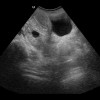
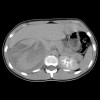










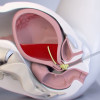


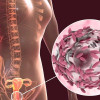

Please login to comment on this article